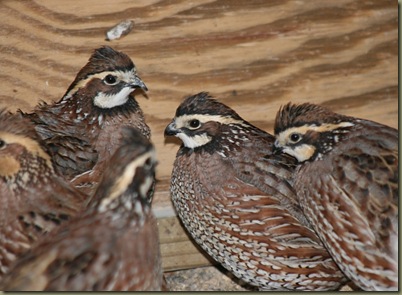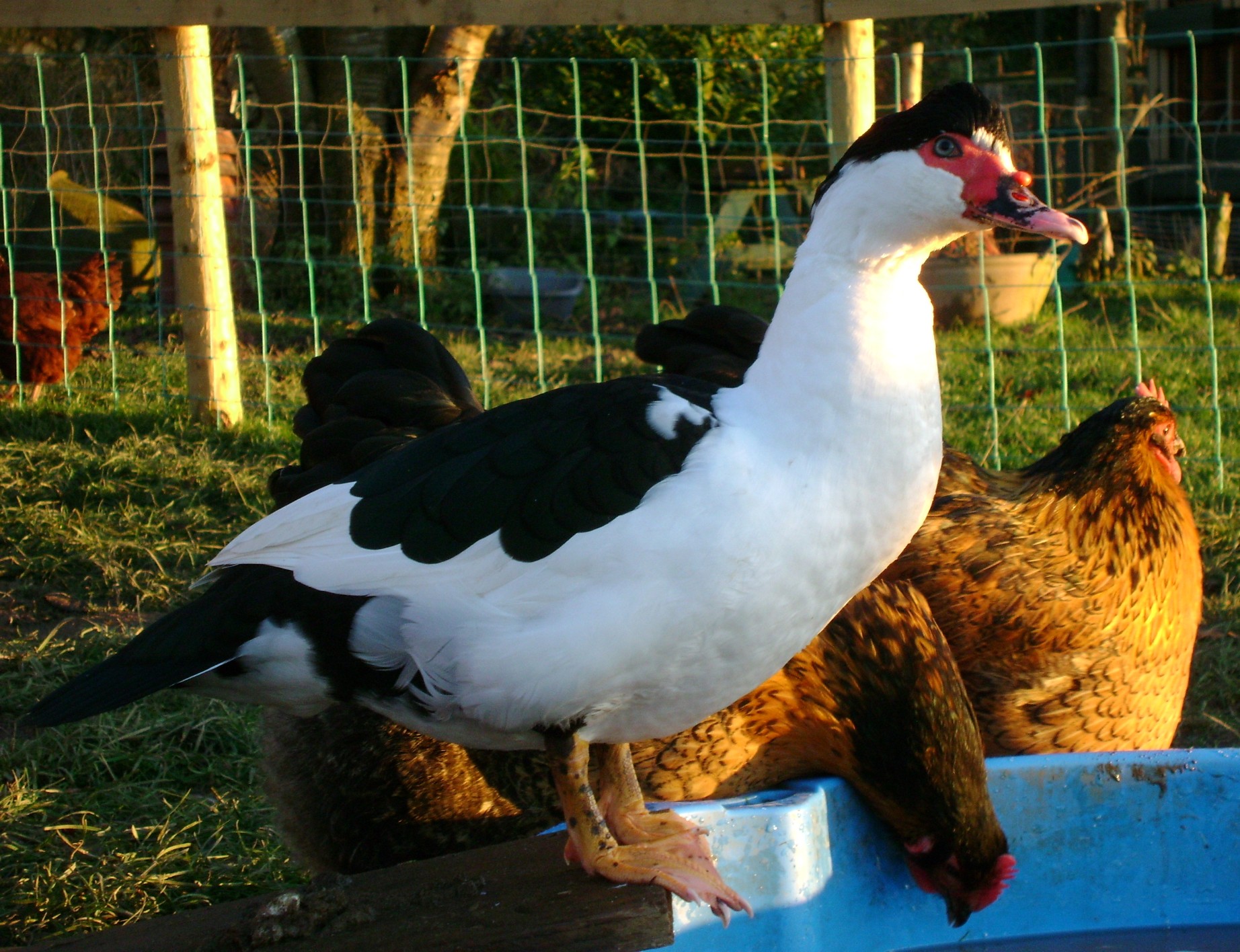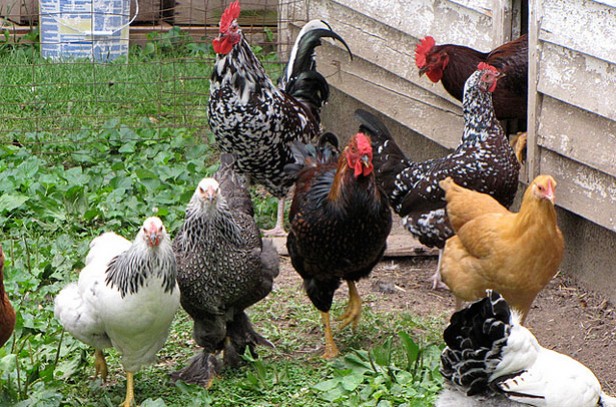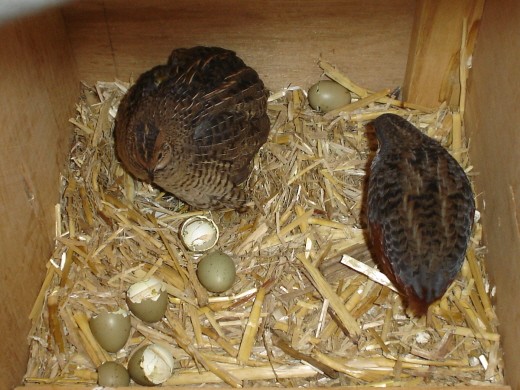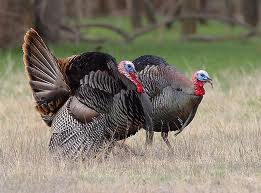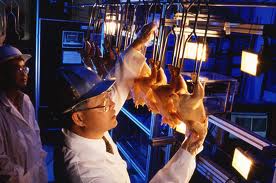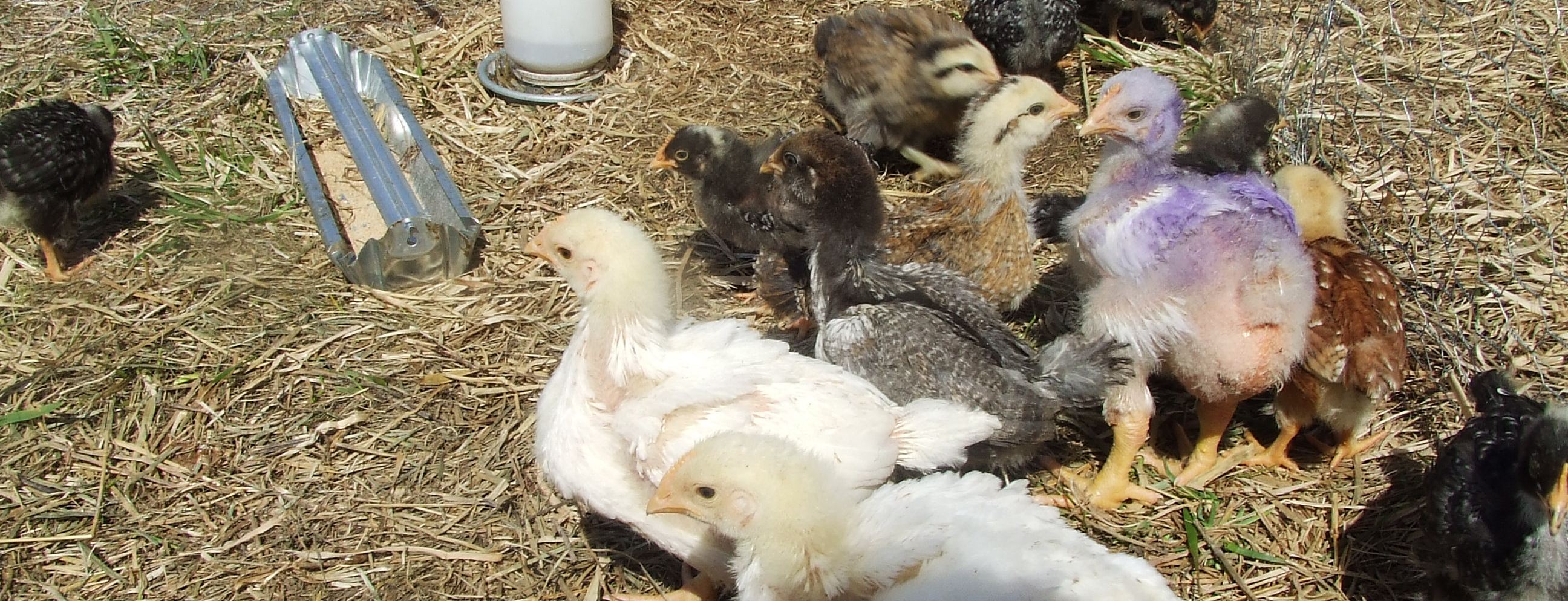Raising chickens in the backyard of your home has always attracted many people. People who get retired or are very much in backyard chicken farming and adopt this as a hobby. Some even do this for getting fresh eggs for their breakfast. But this practice has raised some issues as well. Cases were reported in many different regions that people …
Read More »Articles
Raising Chicken And Duck Together
Ducks vs chicken and chicken vs ducks. Even though ducks and chickens are a lot a like in some ways, they are also very different in others, and it is this difference that does prompt the question of is it wise to be keeping ducks with chicken? Well, the answer to this question does vary in response, and it also …
Read More »10 Best Egg Laying Chickens To Keep In Your Backyard
Poultry birds have been domesticated for thousands of years now. These birds have existed since times when the process of selective breeding was first initiated by man. The physical and physiological traits that are used for classifying and categorizing chicken breeds are size, skin color, levels and amounts of feathering, the color of the egg and plumage color. In the …
Read More »Quail Farming-Guide for raising coturnix and Bob White Quail
History and Origin Quails are migratory game birds with mottled brown feathers and short tails, which are native to Europe, Asia and Africa. The origin of this bird dates back to the 11th century while it is also referred to, in the old testament of the bible. Egyptians caught Quails from their farmland for the purpose of meat while in …
Read More »Rearing of Turkeys at Your Backyard
Most of the private and home based farmers widely consider raising turkeys for meat. The best and most affordable manner in which the goal can be achieved is by making use of the day old turkeys. But before your consignment of turkeys arrives, you should prefer to set up an area for the brooding process. The same is done at …
Read More »Managing Health of Turkeys
Early stage (starting) of brooding is of crucible importance for poults as they are reluctant to eat and drink, hence have more tendency to perish than chicks or ducklings for unknown reason. Therefore, they should be provided with ample facilities for feeding, drinking, and lighting. Intensive rearing has made turkey more susceptible to various infections and control measures through preventive …
Read More »10 Guiding Principles To Optimize Poultry Processing
Poultry processing should be taken seriously, especially when you plan to optimize the yield and the profits. In other words, you need to make use of a number of standardized procedures and plans in order to get the best value for your investment in broiler processing. For example, if the lighting is too much in the farm setting, then there …
Read More »Modern System For Drying Poultry Manure To Protect The Environment
Numerous farmers are in search of solutions to decrease the emission Ammonia and other fly problems which are caused due to the layer operation they carry out. Many others are searching out for options to earn money by selling litter as a Chicken litter fertilzer. Chicken litter as fertilizer has some of its distinct benefits which are not found …
Read More »Guide for raising pheasants as a backyard flock
Pheasants, just like other game birds are liked worldwide. They are among-st the category of upland game birds – in simpler words, it means all those birds that are perfect for poultry and require relative simpler living. You must be thinking that people have pet flocks that include guinea fowl, pigeons, turkey, ducks and chickens, but not really heard about …
Read More »Raising Chickens for Dummies
Raising chickens for dummies is quite an easy process, but only if you make use of some expert advice and specialized measures for the betterment of the animals in the farmhouse environment. There are some useful techniques and tips which might come in handy in bringing up chickens in the best manner possible. More or less, the tips I would …
Read More »